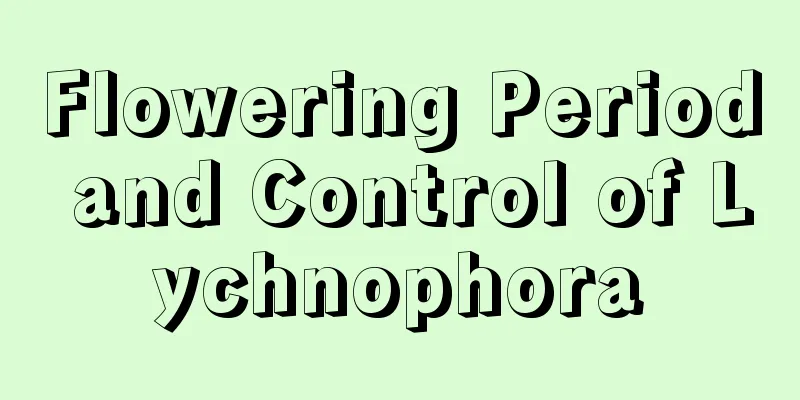Jasmine Flowering Period

Flowering periodJasmine has a long flowering period, starting from May or June to November every year, spanning the entire summer and autumn. If properly maintained and managed, jasmine can bloom three times a year, covering the entire flowering period. Each flower is generally open for 1-2 days and will soon be replaced by a new bud. The first bloom is usually in June, the second bloom is in early August, and the third is from September to early October. The first and second blooms are abundant and numerous, while the third blooms are few and small. Flowering period maintenance and managementprunePruning is essential for jasmine. When the flowers first bloom in June, they are small and few in number and need to be picked in time, otherwise it will affect the quantity and quality of the jasmine flowers later. At this time, the small flowers should be picked off together with the top branches and leaves to encourage new branches to sprout. FertilizationDuring the first blooming, fertilizer should be applied in small amounts and multiple times, once every two days in the evening, mainly with decomposed organic fertilizer; during the second blooming, calcium phosphate solution should be sprayed on the leaves of the plant to promote the jasmine to bloom larger and more beautiful flowers; during the third blooming, the weather turns cooler and fertilization should be stopped to avoid affecting the flowering period next year. How to Make Jasmine Bloom MoreBud pickingBefore jasmine sprouts in spring, last year's branches can be shortened appropriately, leaving 10-15 cm at the base. If the new branches grow vigorously, you should pinch off the top and buds when they are about 10 cm to promote the growth of secondary new shoots. This will make the jasmine bloom more and have a compact plant shape. In late May, cut off the first batch of flower buds from the third pair of leaves below. This way, multiple new branches can usually grow from the break, achieving the purpose of more flowering. Water and fertilizerKeeping the potting soil fertile is an important guarantee for jasmine to bloom more. Normally, you can water the soil with 1:10 alum fertilizer once a week to make the soil acidic. Jasmine can be fertilized with organic liquid fertilizer, and households can use kitchen scraps to ferment liquid fertilizer. For example, put fish viscera, rice washing water, bean cake, and black alum (ferrous sulfate) into a water tank and expose it to the sun for about 20 days before use. The fertilizer and water prepared in this way can not only meet the jasmine's needs for fertilizer and water, but also change the pH value of the soil. When applying fertilizer, the principle of "applying small amounts frequently" should be followed, that is, applying small amounts and multiple times. |
<<: How to water aloe vera plants
>>: What to do if jasmine leaves fall off
Recommend
Podocarpus cultivation methods and precautions
1. Environment The growing environment of Podocar...
The difference between the Glass Palace and the Striped Twelve Volumes
1. Leaf shape difference The fleshy leaves of the...
How to trim pansy to look good
When is the right time to prune pansies? It is ad...
Is it suitable for small pots or small pots?
Is it better to use a large or small pot for lili...
Why do the leaves of calla lily turn yellow?
1. Inappropriate amount of watering 1. Specific r...
When is the right time to sow gas beans?
Gas bean sowing time The gas bean is a plant of t...
What kind of planting material should be used for Cymbidium orchid? Is it easy to bloom? Is it easy to grow?
1. What kind of planting material to use Cymbidiu...
How to grow the Mentia yew
1. Lighting When it is young, we cannot give it t...
Xiamen University’s opening ceremony uses mineral water instead of water for new students!
Major universities have started their new semeste...
Is smooth sailing poisonous?
1. Reasons The scientific name of the smooth sail...
Is Guangdong Evergreen poisonous?
1. Toxic This kind of plant is actually poisonous...
Planting methods and precautions for peony potted plants
Peony is a common plant. Its aliases are Jiangli,...
How to grow green radish
1. Breeding methods 1. Light: Pothos does not lik...
Things to note when repotting cyclamen
1. Flowerpot selection You can choose a unglazed ...
Why are the leaves of the golden twig turning yellow?
Improper maintenance of the golden lily causes th...









